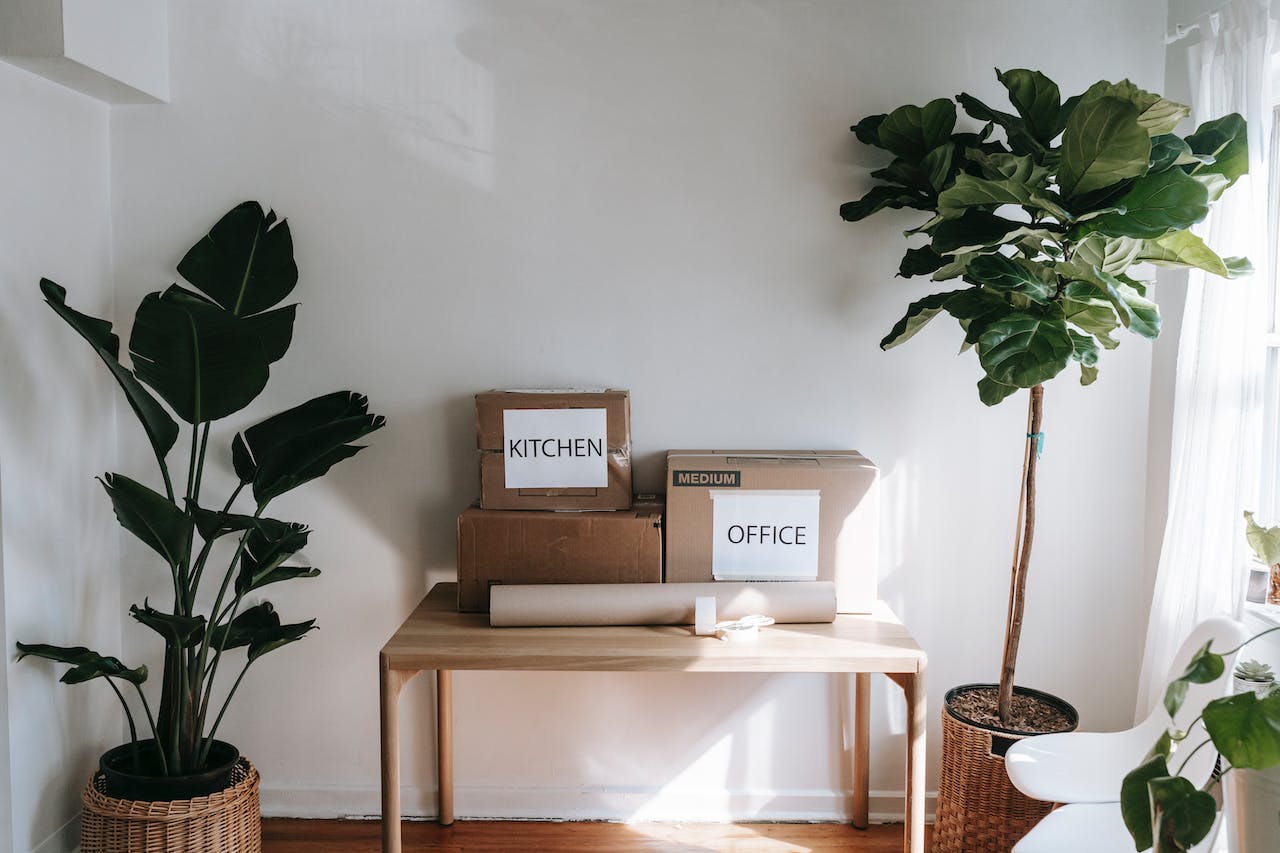
Embarking on a senior move can often feel overwhelming. Yet, achieving a stress-free senior move is not just a dream; it’s entirely possible with the right approach. This guide breaks down the process into five manageable steps, offering practical advice and compassionate insights. Transitioning to a new home in your golden years should be an experience filled with positivity and ease. Our goal is to equip you with the knowledge but also the tools necessary to navigate this change smoothly. Embrace this new chapter with confidence, knowing that a well-planned move can lead to a comfortable and enjoyable future.
Step 1: Start Early and Plan Ahead
Starting a journey toward senior relocation demands early preparation and thorough planning. Firstly, establish a realistic timeline. Starting several months in advance allows for a systematic approach, reducing last-minute pressures. Organize tasks into manageable chunks, setting weekly or monthly goals. This approach helps tackle the move systematically, preventing overwhelming feelings.
Furthermore, create a comprehensive checklist. Include everything from sorting belongings to setting up utilities at the new residence. A detailed list serves as a roadmap, guiding each step of the elder’s relocation process. Regularly reviewing and updating this list ensures nothing slips through the cracks.

A thorough list acts as a route, directing a stress-free senior move procedure at every turn.
Also, consider involving family or professional organizers. Their support can be invaluable, especially in handling physically or emotionally challenging tasks. Collaborating with loved ones or experts lightens the workload and provides emotional support during this significant life change.
Finally, stay flexible. Unexpected challenges may arise, and being adaptable is crucial. Adjusting the plan as needed while keeping the ultimate goal in sight aids in a smoother transition for seniors moving to a new home.
Starting early and thoroughly planning sets the foundation for a successful, less stressful senior move. This proactive approach also transforms the relocation experience into a positive new chapter for elders.
Step 2: Downsizing and Decluttering
Embarking on a senior relocation journey requires strategic planning and an early start. Initiating the process well in advance minimizes stress and offers ample time for careful decision-making. It’s crucial to create a detailed timeline, breaking down the move into manageable steps. This approach allows for a well-organized transition.
Equally important is to declutter before your relocation. Sorting through belongings can be a substantial task, but it’s essential for a smoother move. Start by categorizing items into what to keep, donate, or discard. This step simplifies packing and ensures that your new home isn’t cluttered with unnecessary items.
Craft a comprehensive checklist that includes key tasks such as hiring movers, updating addresses, and arranging utilities at the new residence. This list acts as a roadmap, guiding you through each phase of the move.
Seek input and assistance from family members or close friends. Their support can be invaluable in managing the workload and making tough decisions.
Lastly, consider the emotional aspects of moving. Acknowledge the feelings associated with leaving a familiar place and embrace the excitement of starting a new chapter. This mindset shift is crucial for a positive and fulfilling relocation experience.

Make sure to label every box with its contents and the room it belongs in the new house.
Step 3: Packing and Organizing Belongings
As you approach your relocation, efficient packing and organization become crucial. Follow these tips for a clean home and a smoother transition:
- Start with essentials
- Label wisely
- Room-by-room approach
- Secure valuables
- Seek help if needed
Pack a separate bag with daily necessities – medications, important documents, and basic toiletries. This way, you won’t need to rummage through boxes immediately upon arrival. Next, clearly mark each box with its contents and designated room in the new home. This method speeds up unpacking and reduces confusion. Wrap fragile items in bubble wrap or packing paper. Store them in sturdy boxes to prevent damage during transport. Also, tackle one room at a time to avoid feeling overwhelmed. This systematic strategy ensures no item gets overlooked. Finally, don’t hesitate to ask family or friends for assistance. Sometimes, an extra pair of hands makes all the difference.
These steps help elders in their transition, making the move organized and less daunting. With everything in its right place, adapting to the new environment becomes much simpler.
Step 4: Choosing the Right Moving Service
Navigating the selection of relocation specialists is a pivotal step in planning a stress-free senior move. Importantly, seek a mover with a reputation as a senior moving specialist. Such companies understand the unique needs of elder relocations. Start by researching local movers with positive reviews from senior clients. Personal recommendations can also guide you toward reliable services. Compare quotes, but prioritize expertise over price. A good moving company will offer clear communication, transparent pricing, and services tailored to elder needs. Check their credentials and insurance coverage for peace of mind. Ensure they provide services like packing, unpacking, and furniture arrangement, which are essential for a smooth elder relocation. Trustworthy movers ease the burden, transforming the moving experience into a manageable and positive change.

Look for a move manager who has experience handling senior moves.
Step 5: Settling into the New Home
Transitioning into a new home marks the final step of a stress-free senior move. It’s crucial to arrange the living space for accessibility and comfort. Start by placing familiar items in similar spots as the old home. This familiarity eases the adaptation process. Also, consider engaging a senior moving specialist to help organize the space efficiently. They can suggest optimal layouts that enhance mobility and safety.
Furthermore, focus on personalizing the new environment. Hang favorite pictures, set out cherished mementos, and arrange furniture in a comforting layout. This touch of familiarity brings a sense of belonging.
Lastly, maintain established routines where possible. Keeping regular meal times, activity schedules, and social interactions provide stability. This consistency is key to feeling at home in a new place. Settling in takes time. Patience and support are essential in making a new house feel like home.
Closing Thoughts
In sum, achieving a stress-free senior move is entirely possible with careful planning and the right approach. Begin by allowing ample time for each step. Emphasize decluttering and downsizing, making choices that lighten the load. Selecting an experienced moving service is crucial, ensuring a smoother transition. However, don’t hesitate to reach out to the packing professionals as well if the task seems too daunting. You can find many decluttering and organizational services on our website to assist you with this. Effective packing and organizing are key – label everything clearly. Once in the new home, arrange it for maximum comfort and familiarity. This way, a senior move becomes manageable and a positive new chapter. Keep these steps in mind, and the process will unfold with ease and efficiency.




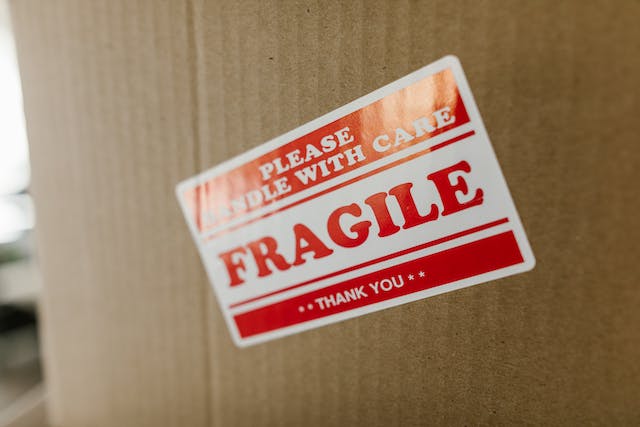
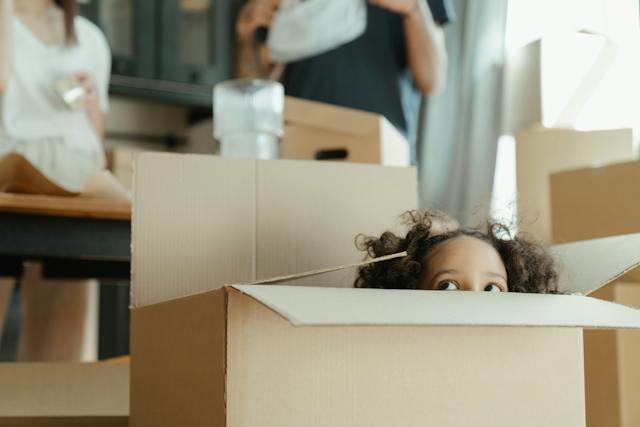




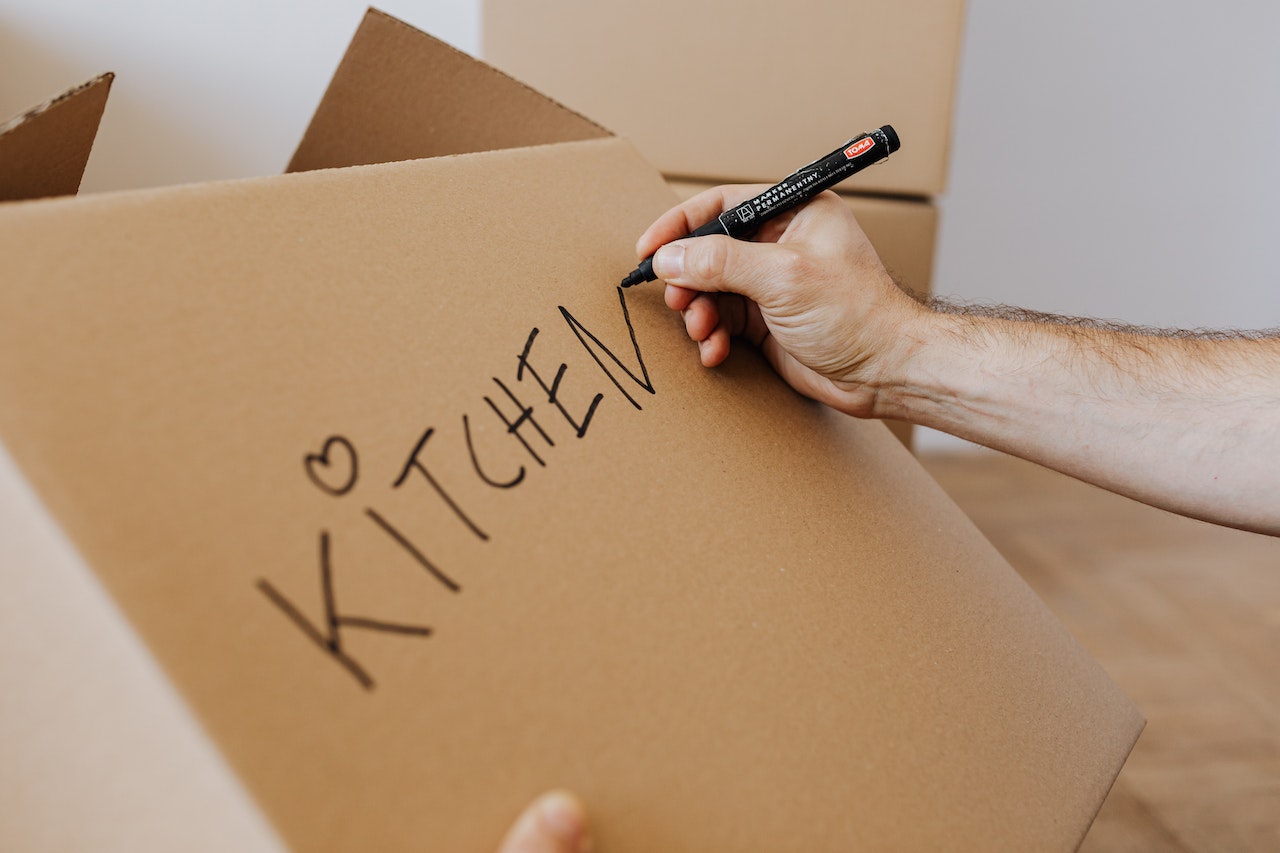

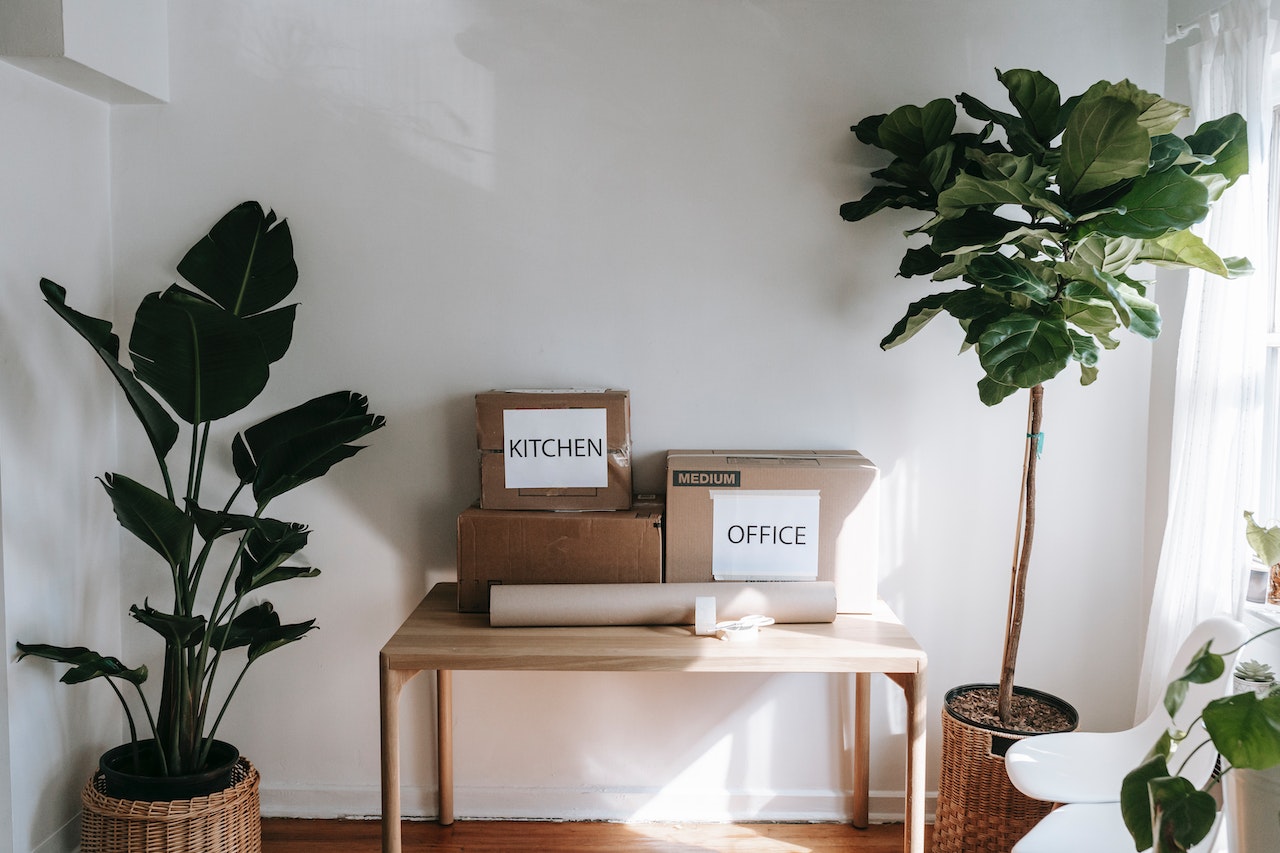





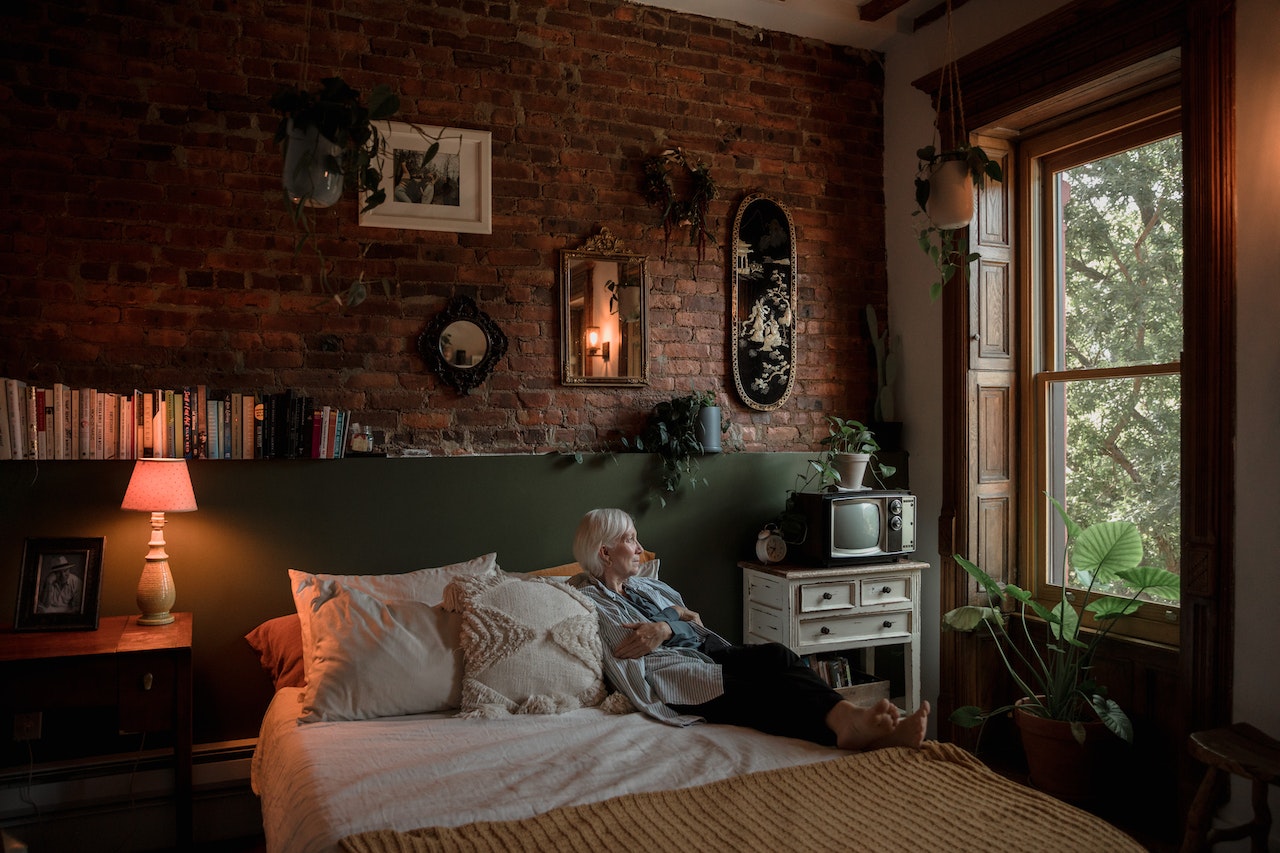
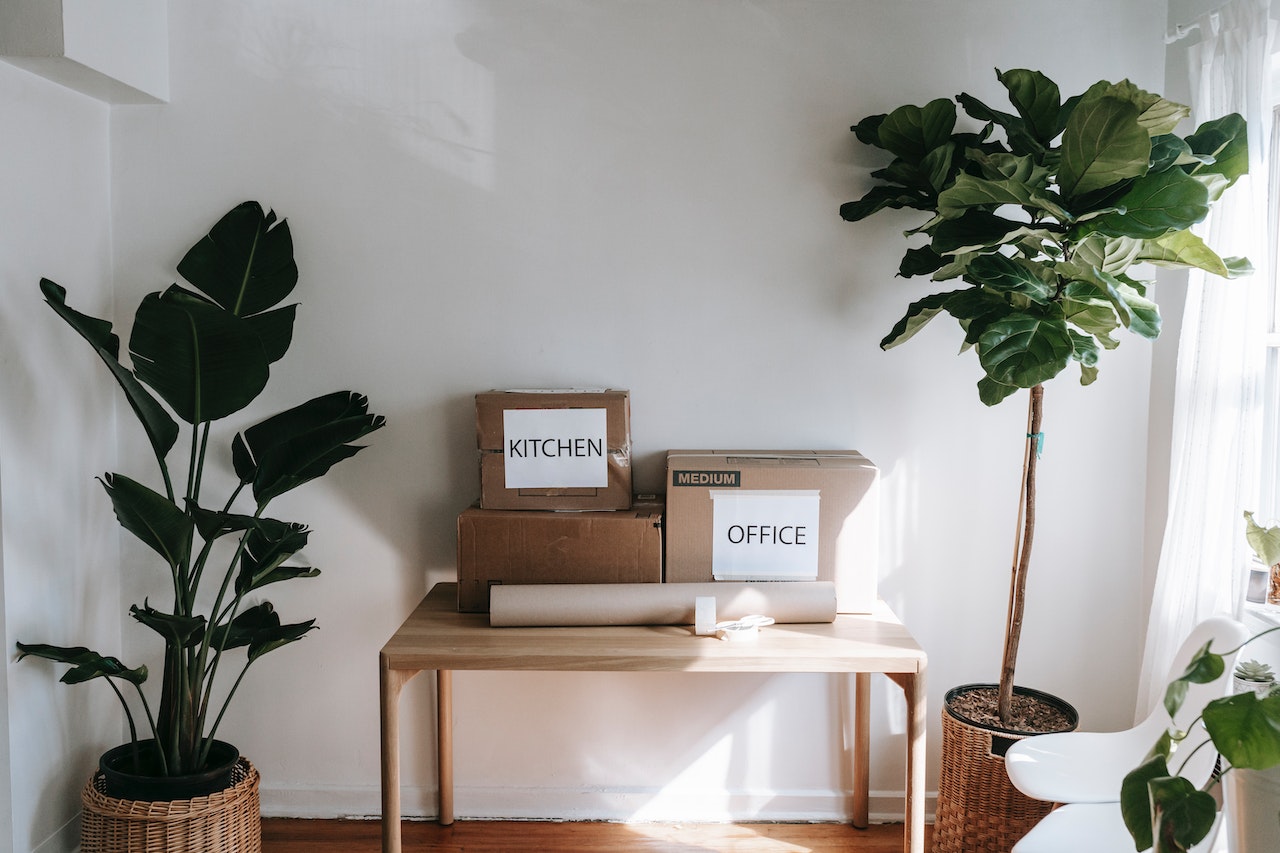

 This is a conventional and slightly expensive path. But you should opt for it if your employer offers a decent relocation package. Find an agent experienced in relocations or rapid home sales. Seek recommendations from friends and family, and hire the best agent you can find.
This is a conventional and slightly expensive path. But you should opt for it if your employer offers a decent relocation package. Find an agent experienced in relocations or rapid home sales. Seek recommendations from friends and family, and hire the best agent you can find.




 Stay clutter-free
Stay clutter-free
 De-personalize
De-personalize